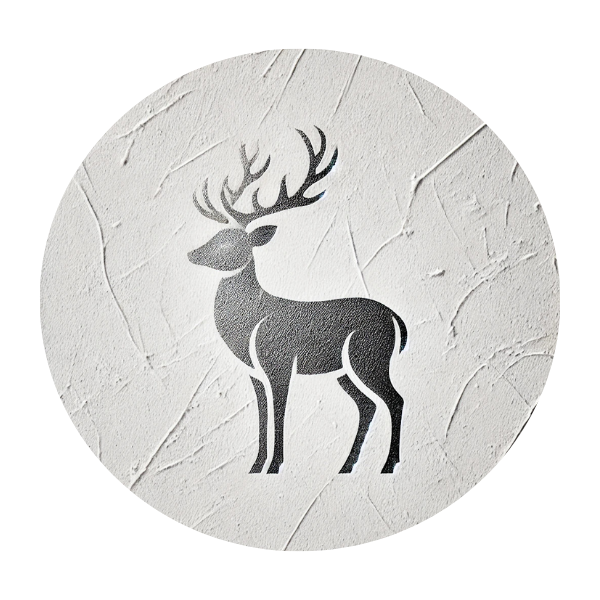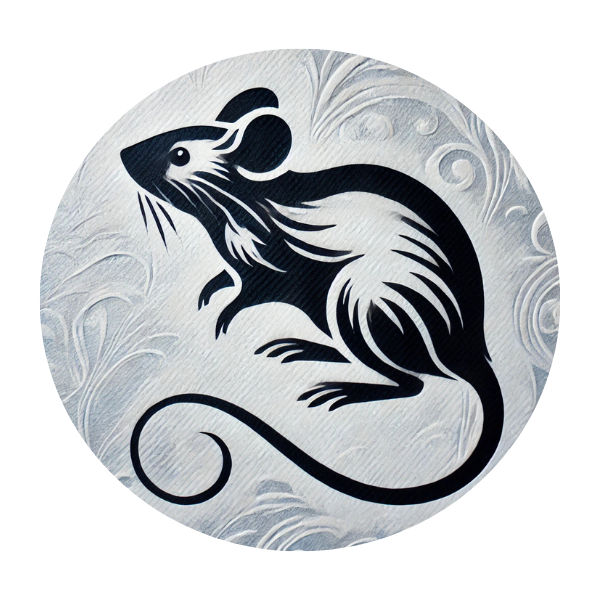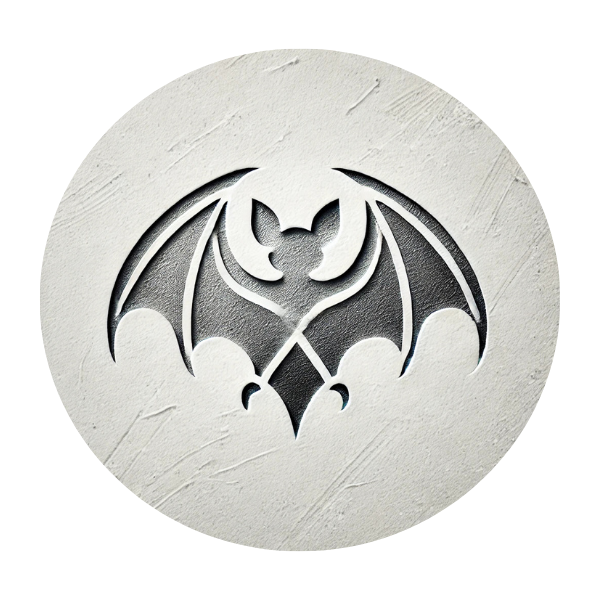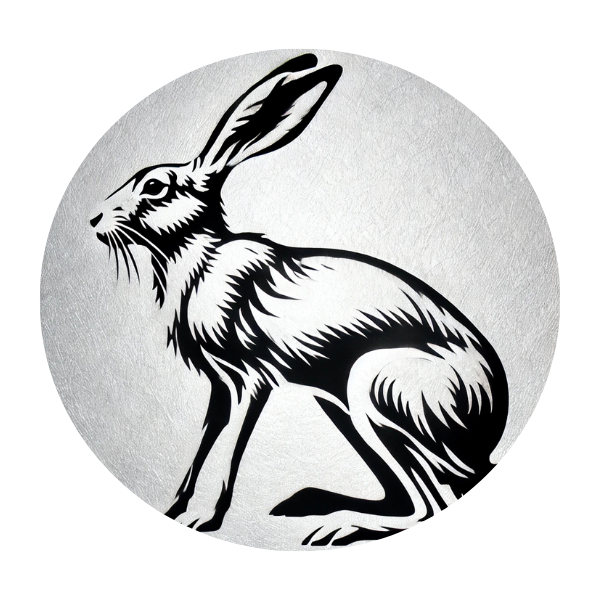FEAR
I face my fears with courage, trusting that growth lies on the other side of overcoming adversity
WHAT IS FEAR?
An unpleasant emotion caused by the belief that someone or something is dangerous, likely to cause pain, or a threat.
Synonyms: Terror, Fright
Antonym: Courage
“Do the thing you fear most and
the death of fear is certain.”
Mark Twain
HOW TO RECOGNIZE FEAR IN OTHERS
AND ONESELF
HOW TO RECOGNIZE
IN OTHERS
Body Language
Tense posture, stepping back,
protective gestures
Facial Expressions
Wide eyes, raised eyebrows,
open mouth
HOW TO RECOGNIZE
IN ONESELF
In the Body
Rapid heartbeat, tightness in the chest or stomach
In the Mind
Worrying or panicked thoughts,
focus on threat or danger
HOW TO RECOGNIZE FEAR IN OTHERS
AND ONESELF
HOW TO RECOGNIZE
IN OTHERS
HOW TO RECOGNIZE
IN ONESELF
Body Language
Tense posture, stepping back,
protective gestures
In the Body
Rapid heartbeat, tightness in the chest or stomach
Facial Expressions
Wide eyes, raised eyebrows,
open mouth
In the Mind
Worrying or panicked thoughts, focus on threat or danger
What is a fear I have overcome in the past,
and how did I do it?
TIPS AND TRICKS ON HOW TO DEAL WITH THIS
EMOTION

Hold Warrior II Pose, focusing on your strength and grounding to confront fear with determination.
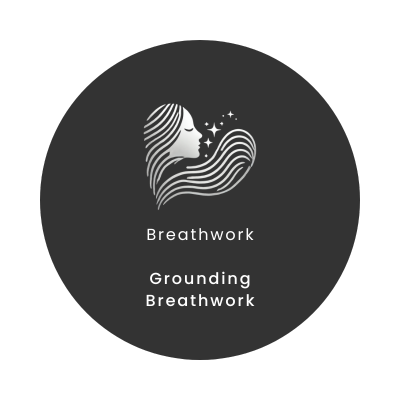
Practice deep belly breathing while visualizing yourself grounded and secure, reducing feelings of fear.
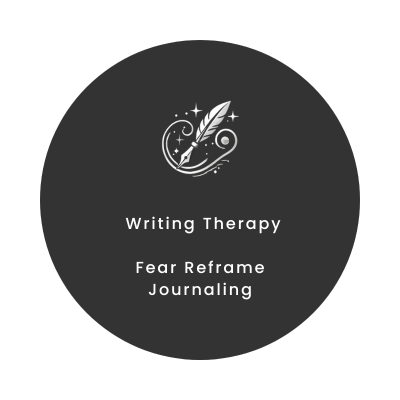
Write about your fear, exploring evidence that challenges it and reframing it as an opportunity for growth.
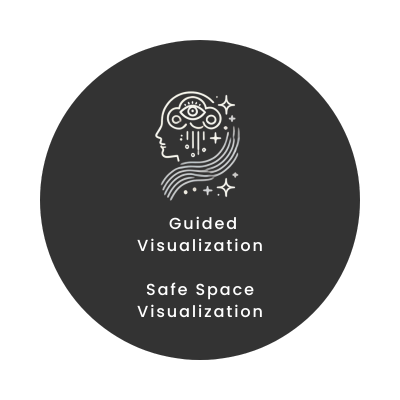
Imagine a secure, comforting space where your fear dissipates and you feel supported and empowered.
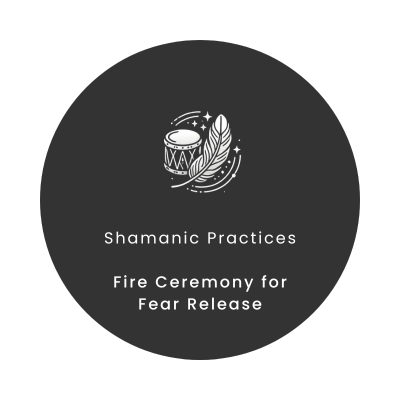
Write your fears on paper, then safely burn them as a symbolic act of releasing those fears.

Use your voice to hum, chant, or make sounds to release the tension fear creates in the body.
CURIOUS FACTS ABOUT FEAR
ANIMALS ASSOCIATED WITH FEAR
Different animals are associated with different emotions in different cultures. Flip the coins to found out more:

